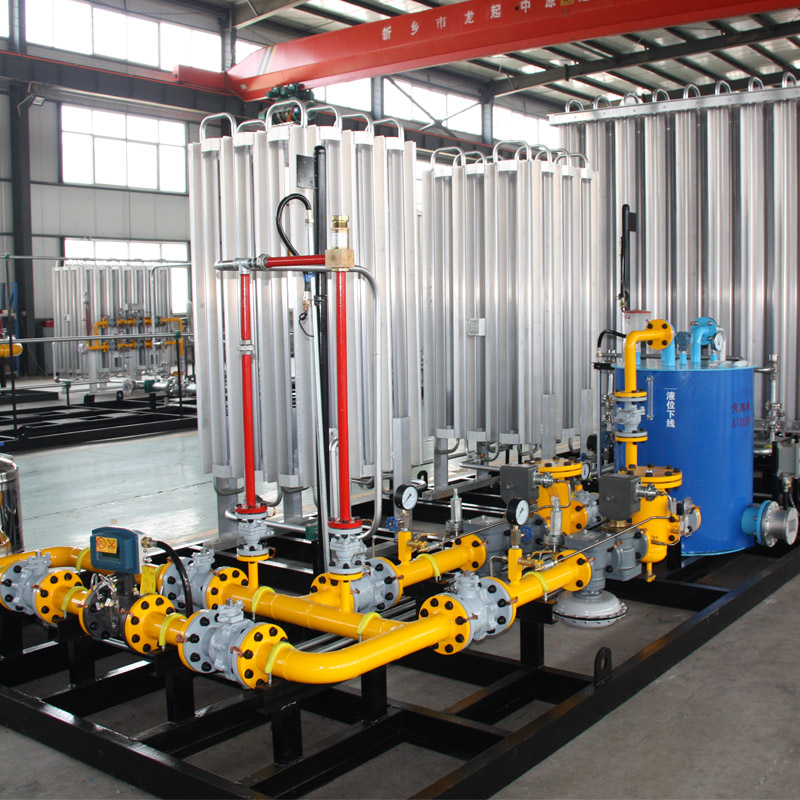
Dec . 11, 2024 02:23
Back to list
Natural Gas Valve System for Efficient Energy Management and Safety Solutions
Understanding Natural Gas Regulators A Crucial Component of Energy Systems
In recent years, natural gas has emerged as a vital component of the global energy landscape, playing a pivotal role in both economic development and the transition towards cleaner energy sources. At the heart of natural gas distribution systems lies an often-overlooked but essential device the natural gas regulator. These devices ensure that natural gas is delivered safely and efficiently to homes and businesses, making them a critical component in the infrastructure that powers modern society.
What is a Natural Gas Regulator?
A natural gas regulator is a device that controls the pressure of natural gas as it moves from a high-pressure source, such as a pipeline, to a lower-pressure system used in homes and industries. The function of the regulator is to maintain the gas pressure within acceptable limits for safe and efficient use. Without these regulators, the overwhelming pressure from the gas supply could lead to dangerous situations, such as leaks or explosions, as well as operational inefficiencies.
How Does a Natural Gas Regulator Work?
The operational mechanism of a natural gas regulator is based on a simple yet effective principle. The regulator allows gas to flow through it while automatically adjusting to fluctuations in upstream pressure. The main components of a gas regulator typically include a diaphragm, a spring, and a valve. When the pressure from the gas supply increases, the diaphragm moves against the spring's resistance, subsequently closing the valve to reduce flow. Conversely, if the downstream pressure drops, the diaphragm will allow more gas to flow through the regulator to maintain the pressure balance.
.
Importance of Natural Gas Regulators
صمام الغاز الطبيعي

1. Safety One of the most critical functions of natural gas regulators is to ensure safety. Natural gas, while being a cleaner-burning fuel compared to coal and oil, is still flammable. A malfunctioning regulator could result in gas leaks that pose serious hazards to life and property. Regulators mitigate this risk by maintaining appropriate pressure levels.
2. Efficiency Regulators also contribute to the overall efficiency of natural gas systems. By ensuring that gas is delivered at the correct pressure, regulators help optimize the operation of gas appliances, such as furnaces, cooktops, and water heaters. This efficiency translates into energy savings and reduced utility bills for consumers.
3. Reliability The reliability of natural gas supply is paramount, especially in critical applications, such as heating during winter months. Regulators play a key role in ensuring that gas supply remains constant and dependable, preventing interruptions that can lead to significant inconvenience or emergency situations.
Maintenance and Regulation
To ensure optimal performance, regular maintenance of natural gas regulators is vital. This includes checking for leaks, ensuring proper calibration, and replacing damaged components. Natural gas providers set stringent regulatory standards to ensure that these devices are functioning correctly, thereby maximizing safety and efficiency.
Conclusion
Natural gas regulators, though often taken for granted, are indispensable components of the natural gas distribution system. They ensure that gas is delivered safely and efficiently, playing a crucial role in maintaining energy reliability and performance. As the global community continues to push for cleaner energy solutions, understanding and appreciating the function of these regulators becomes increasingly important. By safeguarding our access to this essential energy source, natural gas regulators help pave the way for a sustainable energy future, reaffirming their place at the forefront of modern energy infrastructure.
Latest news
-
Safety Valve Spring-Loaded Design Overpressure ProtectionNewsJul.25,2025
-
Precision Voltage Regulator AC5 Accuracy Grade PerformanceNewsJul.25,2025
-
Natural Gas Pressure Regulating Skid Industrial Pipeline ApplicationsNewsJul.25,2025
-
Natural Gas Filter Stainless Steel Mesh Element DesignNewsJul.25,2025
-
Gas Pressure Regulator Valve Direct-Acting Spring-Loaded DesignNewsJul.25,2025
-
Decompression Equipment Multi-Stage Heat Exchange System DesignNewsJul.25,2025

